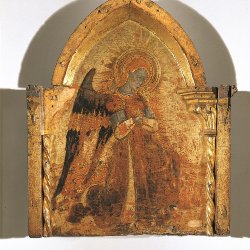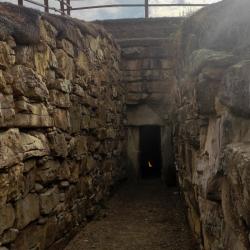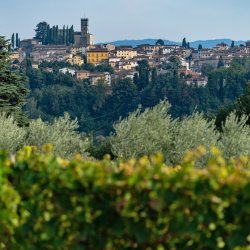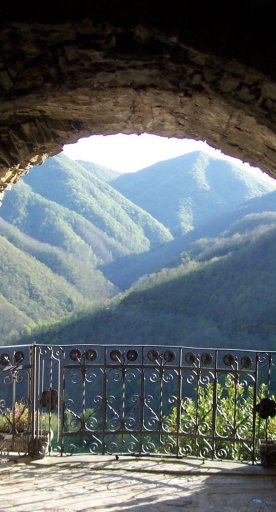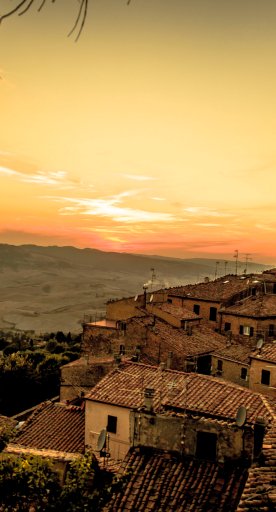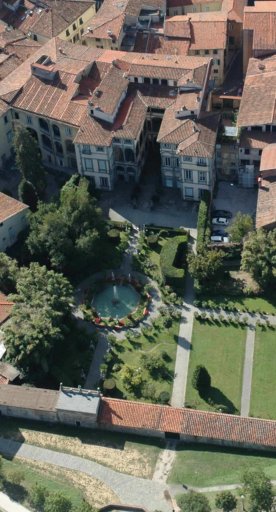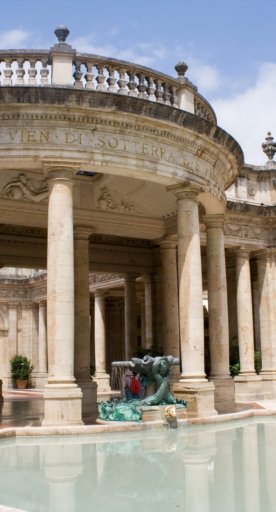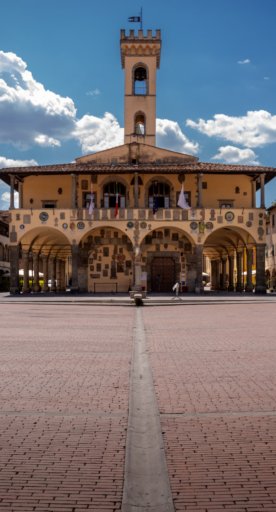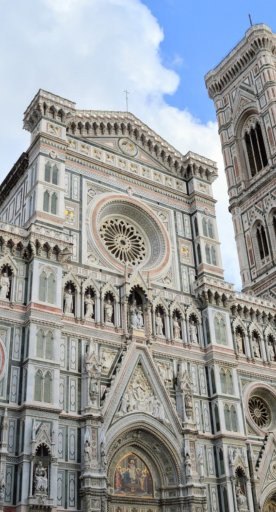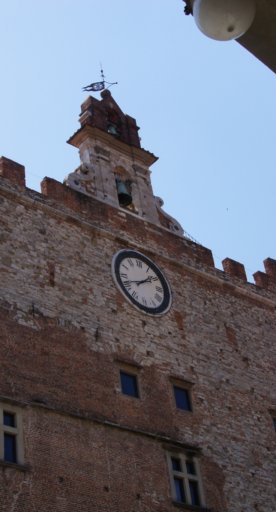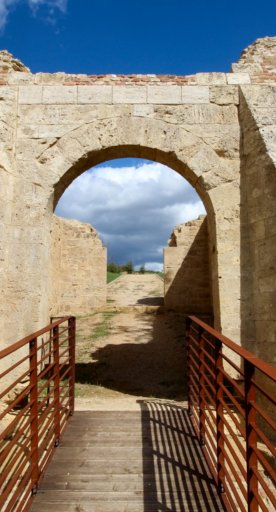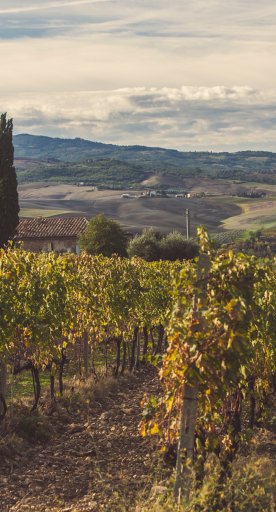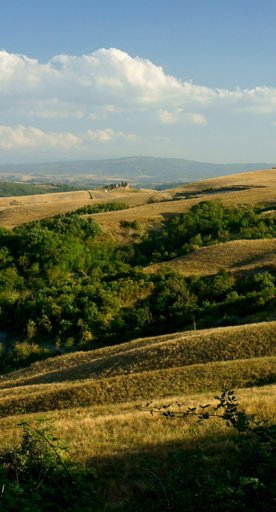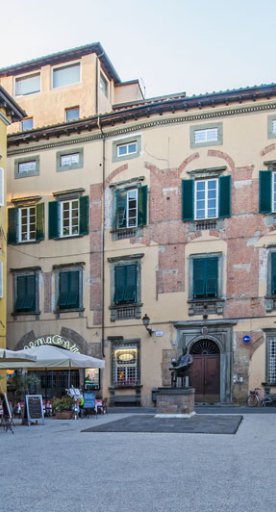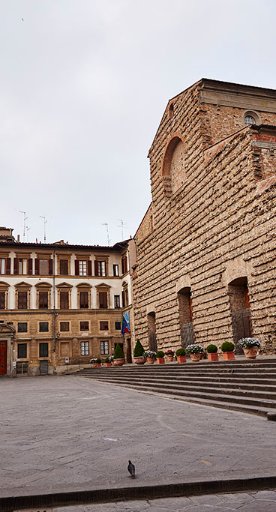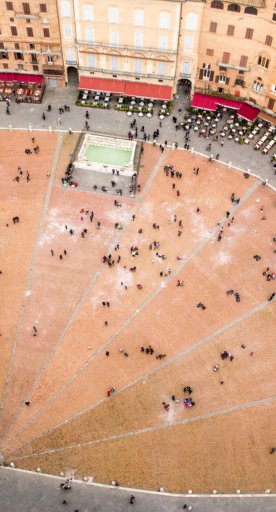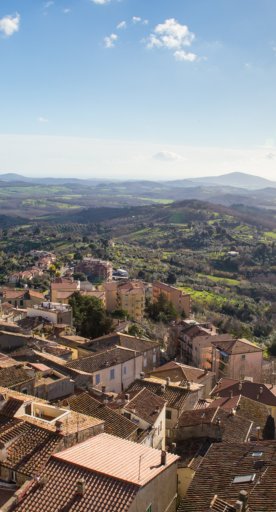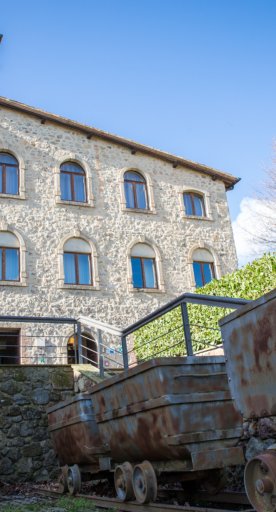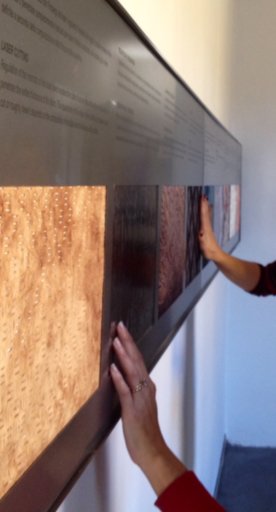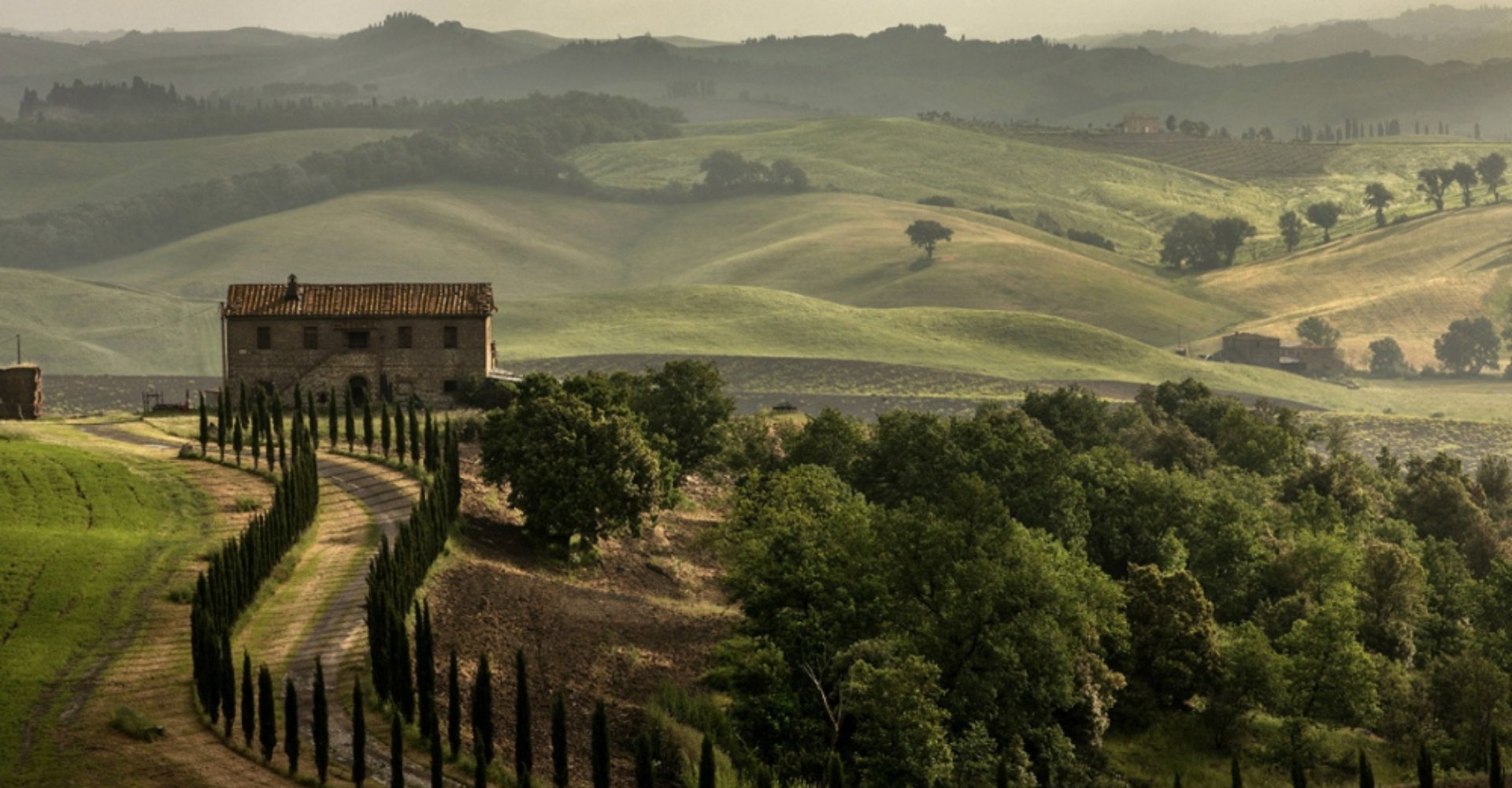
Discovering the Val di Merse and its many sights
A tour of Chiusdino, Monticiano, Murlo, Sovicille and Radicondoli
-
1.Chiusdino
-
2.Monticiano
-
3.Murlo
-
4.Sovicille
-
5.Radicondoli
Chiusdino
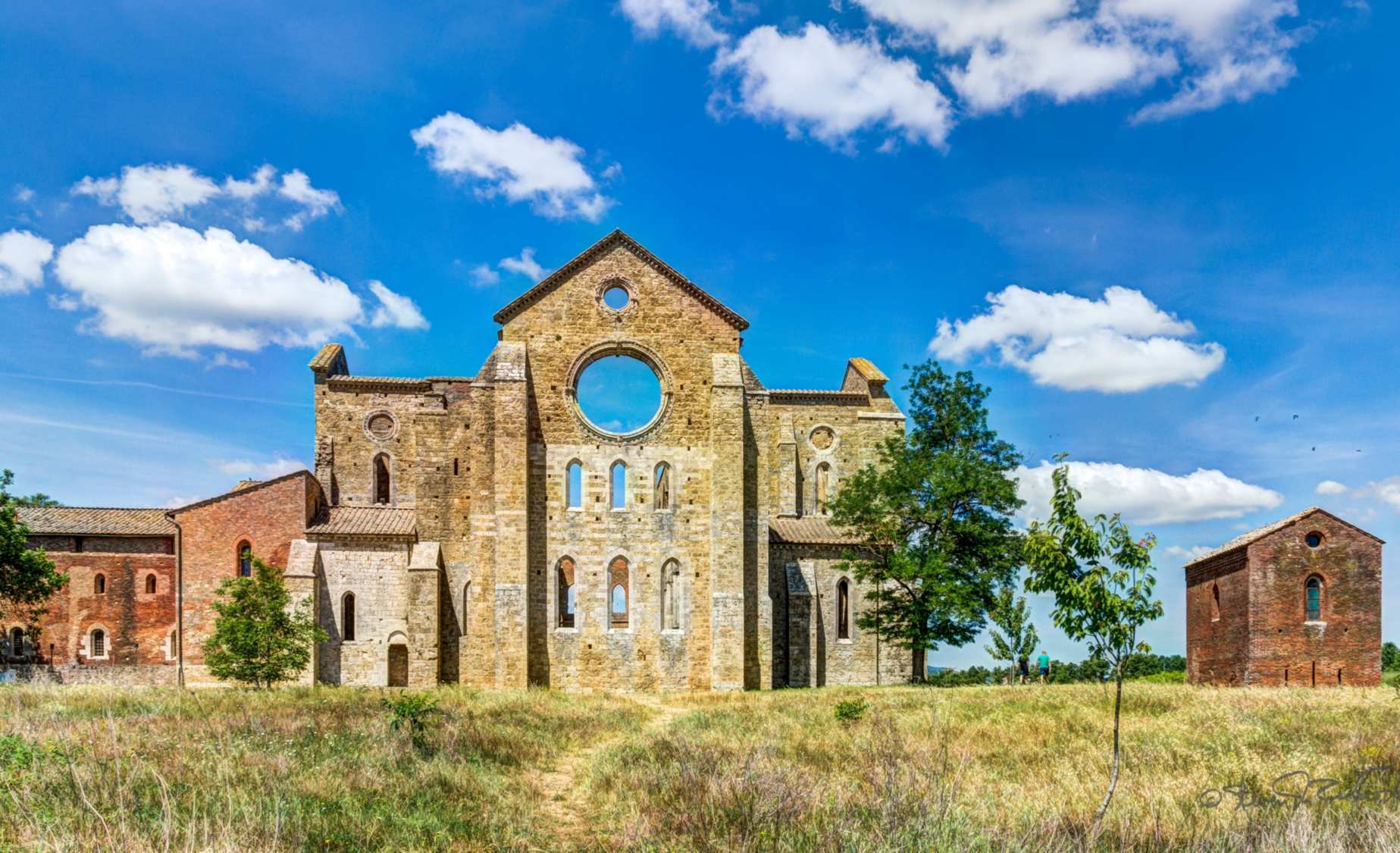
Chiusdino is a medieval village whose history dates to the Lombard invasion, although traces of the presence of the Etruscans were also identified. The town is set not far from the tuscan stretch of the Via Francigena, so that across the centuries Chiusdino took advantage of the increased trade these pilgrims brought to the area.
In the village you can find the church of San Martino, the Church of St. Michael, next to the birthplace of San Galgano, and the Church of Saint Sebastian, best known as Church of Compagnia di San Galgano, that houses an interesting bas-relief (1466) depicting San Galgano sticking the sword in the stone.
Yes, you read that right, sword in the stone! You might want to know that Chiusdino's very own Excalibur is cherished within the Hermitage of Montesiepi, a few kilometres away from town. Legend has it that the knight of fortune Galgano Guidotti converted to Christianity and went to the hill of Montesiepi, after he had some visions of the twelve apostles and of Saint Michael. Once in Montesiepi, apparently, Galgano plunged his sword into a rock to serve as a cross. From that moment onwards, he lived the rest of his life as a hermit until 1181, the year of his death.
Of course we're not done yet, roughly 850 meters below the Hermitage sit the ruins of the beautiful Abbey of San Galgano, make sure you check it out!
Monticiano
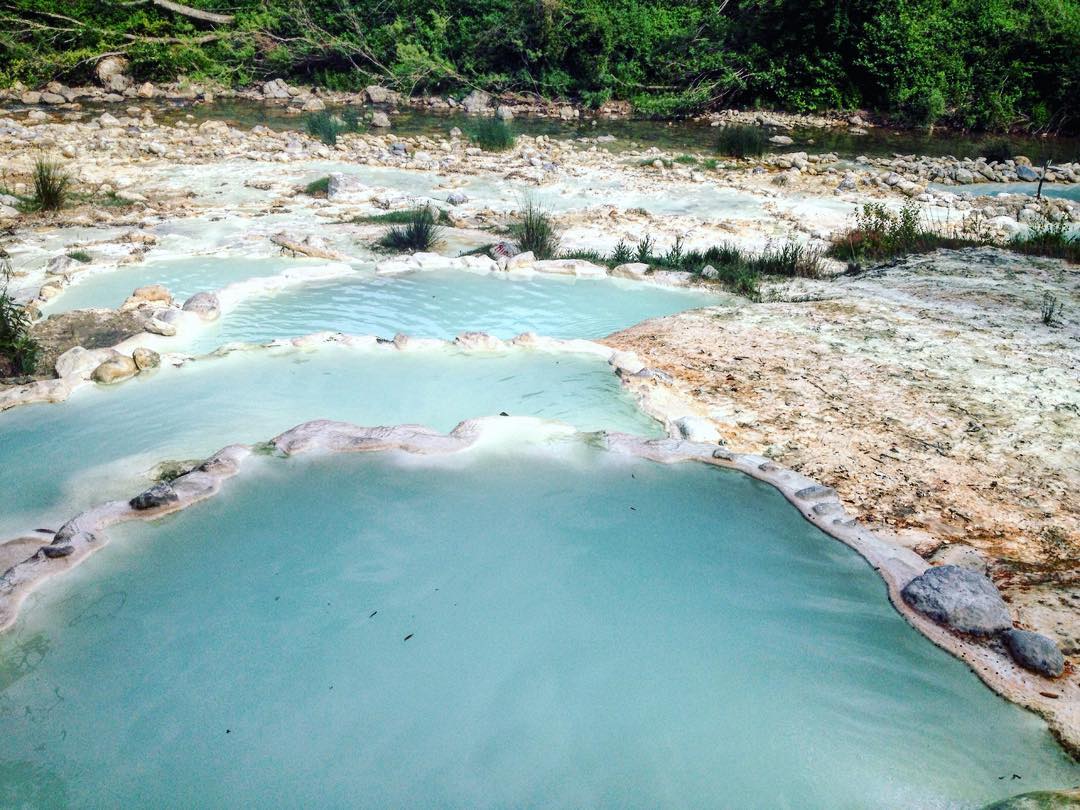
The town of Monticiano lies on the edge of the Tocchi State Reserve and is surrounded by the Nature Reserves of Alto Merse and Farma. Nature is the strength of this area, which includes lush forests where you can walk or ride on horseback surrounded by an extremely rich array of flora and fauna.
When in the village, don’t miss the Gothic Church of Saint Augustine, one of the oldest monasteries of the Augustinian order, housing beautiful frescoes by Bartolo di Fresi, Giudoriccio Cozzarelli and Giovanni di Paolo.
Nearby attractions include the village of San Lorenzo a Merse with its ancient castle and Romanesque church, the small hamlet of Castello di Tocchi, the remains of the fortifications of Castellaccio, Monte Quoio and Renna. If you're up for some relaxation time, head to the Petriolo hot springs, set along the river Farma.
Murlo
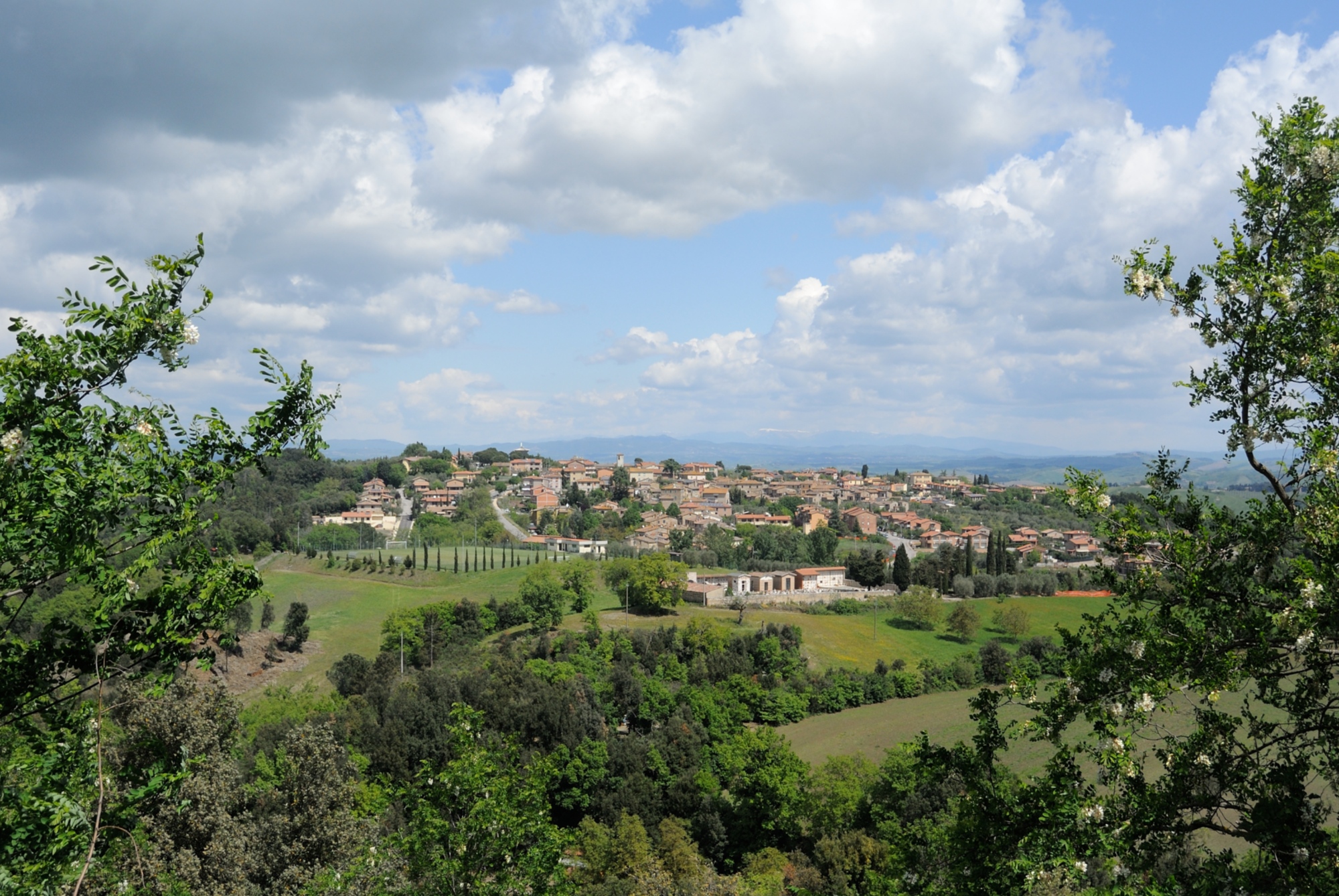
The castle-village of Murlo is set on a hill that dominates the thick forests of the Crevole Valley, right on the border with the Val d'Arbia and the Crete Senesi.
As shown by the archaeological finds from the necropolis of Poggio Aguzzo and Poggio Civitate, Murlo owes its origins to the Etruscans, whose testimonies can be seen at the Archaeological Museum housed in the Episcopal Palace.
Apart from the Castle itself, there are many other monuments and historical buildings to visit in town, such as San Fortunato Church and the Palazzone. The landscape is dotted with the ruins of churches and castles, as well as ancient quarries and mines. The rock of this area of Siena was extracted for the construction of monuments such as the Siena’s Duomo.
Not far from Murlo stands the little hamlet of Vescovado di Murlo, where you should pay a visit to the church of San Fortunato, starring a painting by Benvenuto di Giovanni showing the Madonna in trono con Santi (1475).
Sovicille
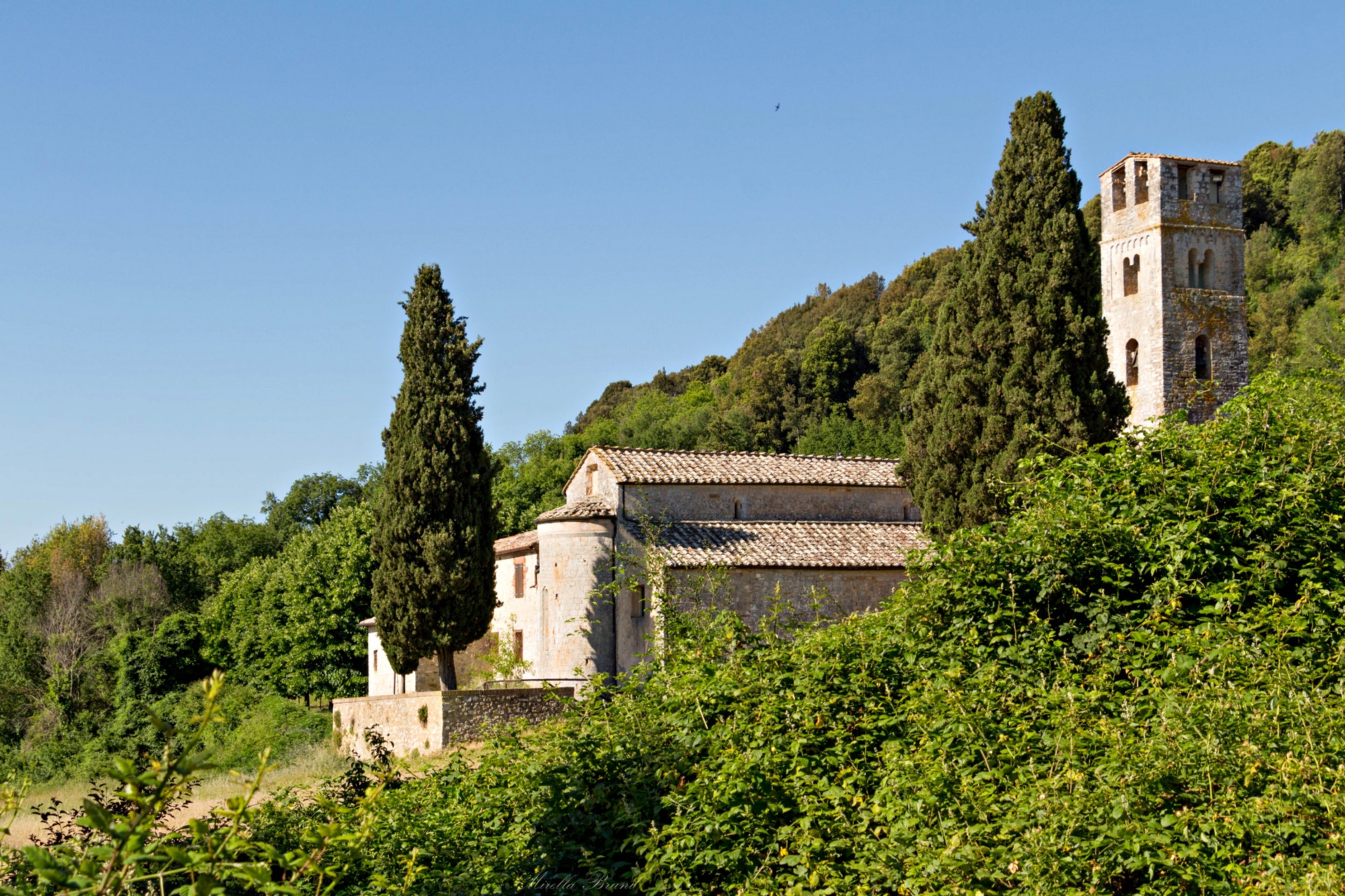
Set at about 10 kilometres west from Siena, the hamlet of Sovicille we know today was built around the year 1000 A.D. Rooted in the Etruscan and Roman history, Sovicille has a great artistic and historical heritage, with its Romanesque churches and abbeys.
We are in the Montagnola Senese, along the ancient Via Maremmana linking the Sienese hinterland with the Tyrrhenian coast. This area is characterized by a hilly, almost mountainous landscape.
The historical and artistic heritage of the area is of great importance and boasts a widespread presence of Romanesque churches and abbeys like San Giusto a Balli, Pernina, Molli, Ponte allo Spino, Torri with the remarkable multi-colored cloister of the abbey of Santa Mustiola, and San Lorenzo Sovicille.
Other points of interest include the Ponte della Pia (near Rosia), Villa Cetinale (built in the second half of the 1600 by a pupil of Bernini), and the Ethnographic Museum of the Wood and Sharecropping (Museo Etnografico del Bosco e della Mezzadria). If you like archaeology and open air museums, check out the Necropolis of Malignano.
Radicondoli
25 kilometres southwest of Siena, in the metal-bearing hills that overshadow the Val di Cecina, lies Radicondoli, a walled town perched on a hilltop with panoramic views of the countryside. This area is characterized by high hills, with an agricultural landscape that leads to a more dense, almost wild, forest. An important feature of this area is the presence of geothermal steam, which is used for the creation of clean energy.
While strolling the streets, you'll love the historical buildings erected between the second half of the 14th century and the end of the 16th century. Don't miss the convent of St. Francis, the parish of St. Simon, the museum "Le Energie del Territorio" and the many castles, such as the castle of Fosini.
Just outside the city walls, pay a visit to the Franciscan Monastery of the Observance, that is today deconsecrated and home to an important school of music.







